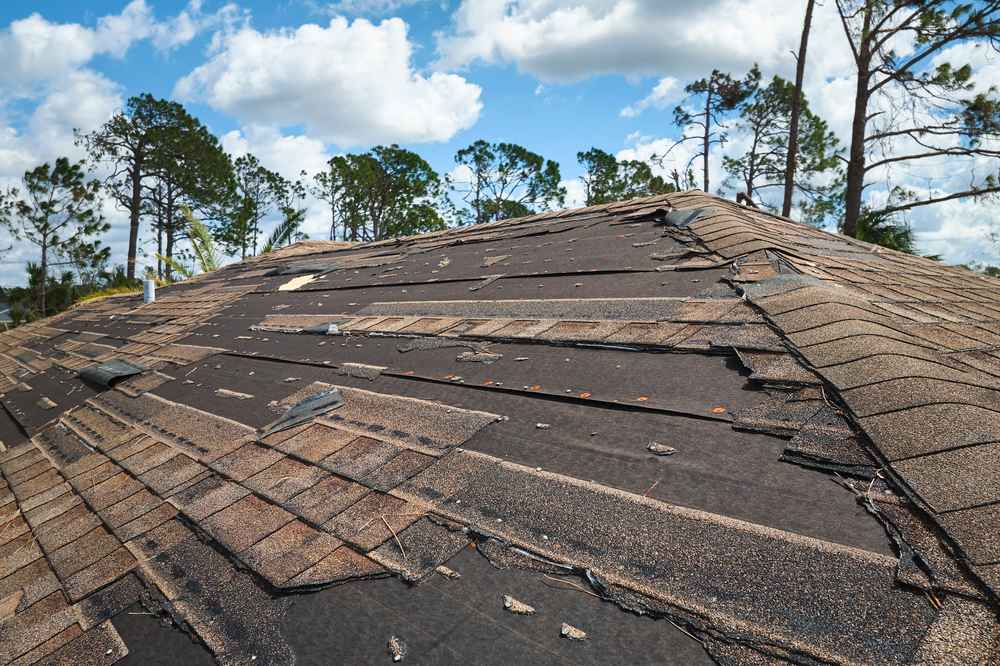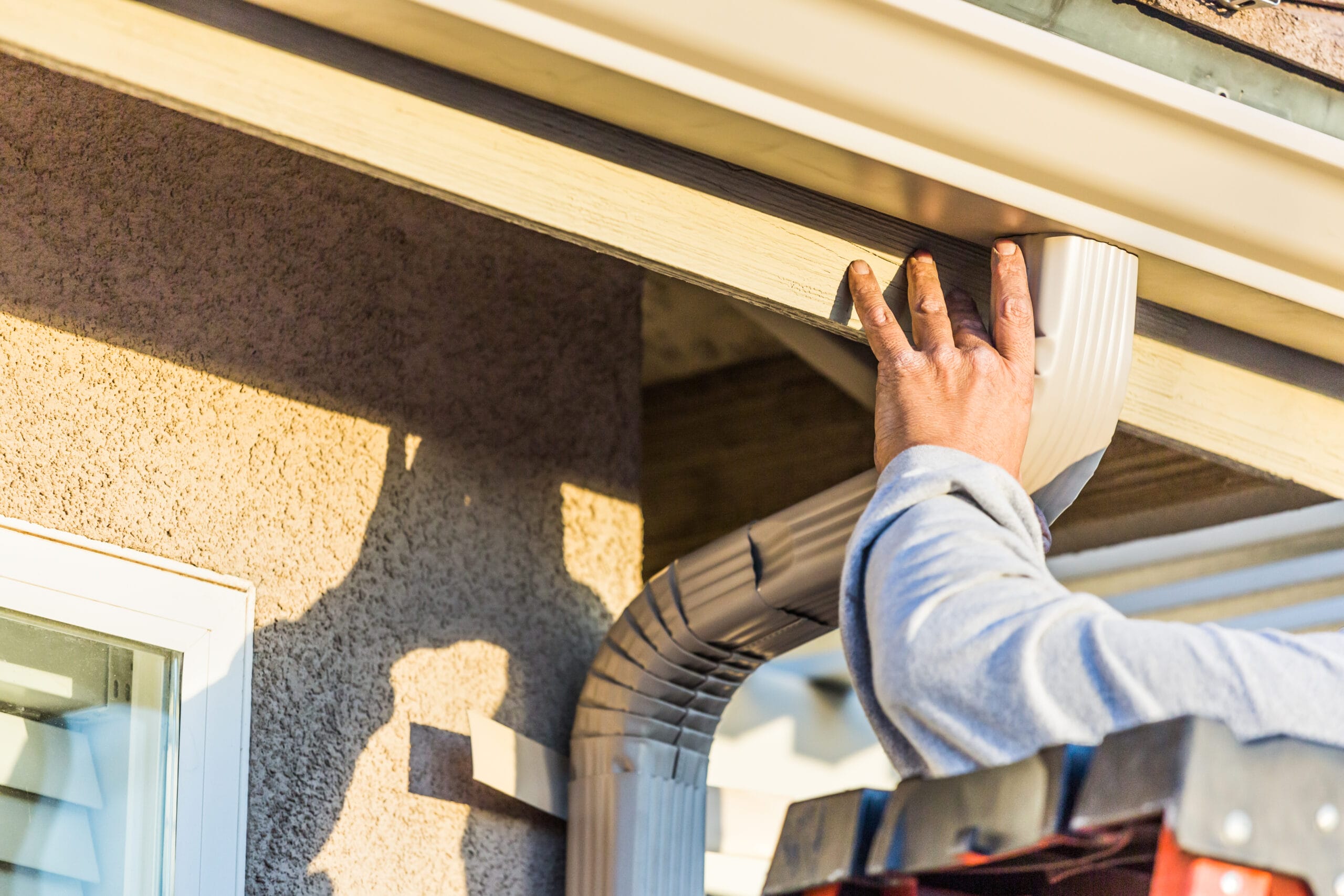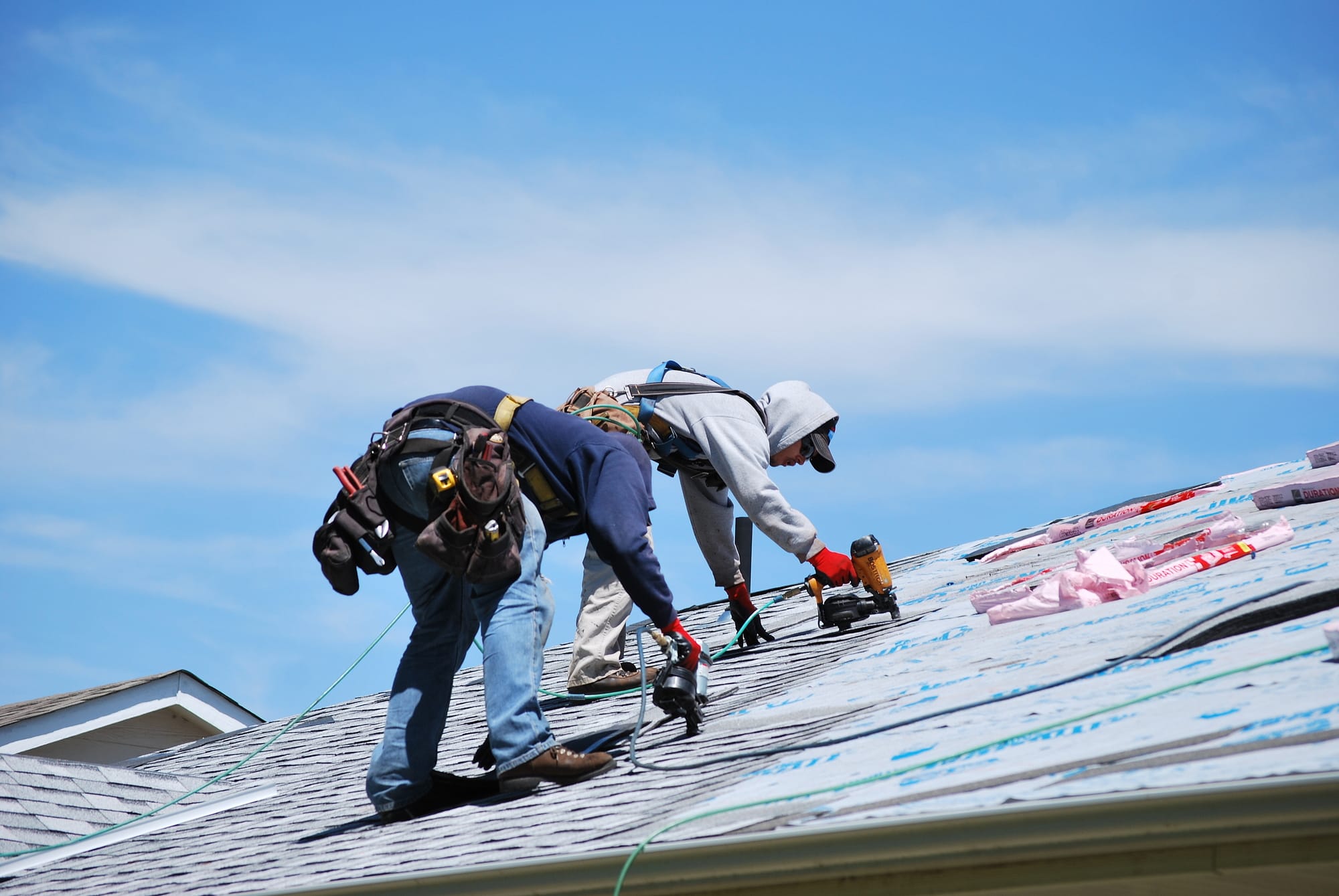Solar panels are not a trend anymore; with the increasing focus on sustainable energy solutions and the rising cost of traditional electricity, it has become essential. Home solar energy offers a clean, renewable, and cost-effective way to power your home while reducing your carbon footprint. However, several important components must be carefully considered and integrated into your setup for an efficient and effective residential solar power system. Home solar panel installation is not without complications, and there are several important aspects to notice of. This blog will explore seven crucial components you should know before going solar.
1. Solar Photovoltaic Panels
Solar panels are the home solar power system’s most visible and fundamental element. They are most commonly placed on the roofs of homes, but ground-mounted panels are also used. and come in 80W, 100W, or 120W panels. These solar panels generate DC electricity as sunlight, or solar irradiation, stimulates the electrons to move through solar cells that are in-built into the solar panels. It is, therefore, the sunlight itself creating electricity and not the heat. Any solar panel must withstand intense heat, as overheated panels are less efficient in generating electricity. A wide variety of solar panels are on the market, and factors such as efficiency, durability, and warranty should be considered.
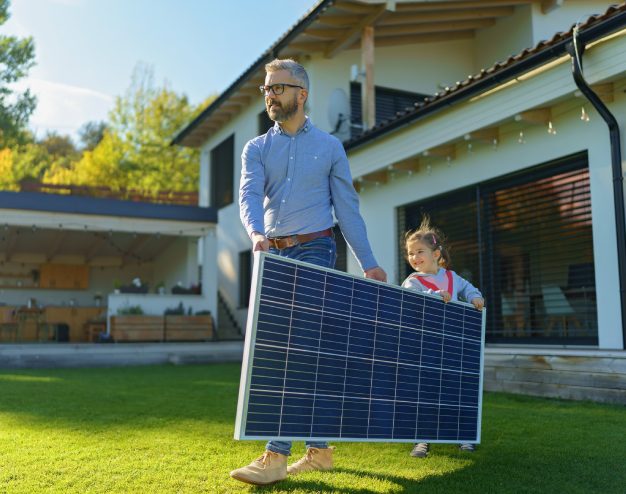
The three types of panels available for residential installations are monocrystalline, polycrystalline and thin film panels. Their performance is similar, although the monocrystalline panels are slightly more efficient and a little more expensive.
Residential solar energy systems are a long-term investment and should last up to 25 years. The number of placement of panels you would need depends on your energy requirements, useable roof surface, climate and peak sunlight in your area, and the efficiency rating of the panels. A professional, experienced solar installer can give you the right advice about the number, quality and placement of solar panels that will generate the most electricity and be most adaptable for the weather in Stockton.
2. Inverter
The electricity generated by solar panels is in direct current (DC), but most home appliances and the power grid operate on alternating current (AC). The inverter is a hardworking piece of equipment that converts the DC solar energy from the photovoltaic panels into usable 115, 220, or 240V AC electricity by providing the DC to AC conversions using electronic switching techniques. The inverter allows you to run all appliances plugged into the wall sockets of the solar panels. Because the inverter works constantly throughout the lifetime of your home solar system, it is advisable to choose a high-quality inverter such as ABB, Sungrow, SolarEdge or Fronius. Once again, your solar installer will know what is available in your area and suggest the best to buy.
The three types of inverters are string inverters, microinverters, and Power Optimizers. The string inverter is the least expensive but can be inefficient. It is installed into a wall in a shaded area and will convert the energy from a string of panels into AC electricity. When partial shading occurs on one panel in a string inverter system, the performance of the rest of the panels is affected. Microinverters are installed on the back of each panel, allowing the energy from the panels to exist independently, but it comes at a higher price. Power Optimizers are installed in each panel. It directs the DC to a central inverter for conversion to AC.
3. Solar Battery Charge Controller
Most home solar systems are built with a battery backup included for the days when the sun does not shine or at night. The battery charge controller is a specialized battery charger where the power fed into the batteries is from an intermittent source and varying sources like solar power. It regulates the electrical energy to prevent the battery from electrical surges that can damage and reduce its lifespan. It ensures that a consistent amount of electrical power is sent to the batteries, ensuring they are not overcharged or running out of power.
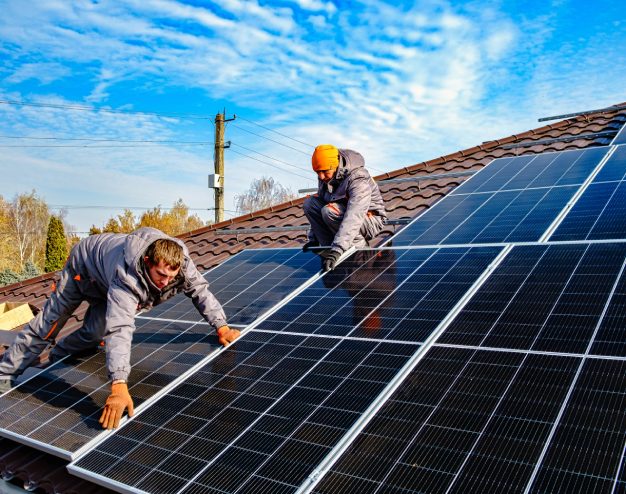
There are two main types of controllers: PWM (Pulse Width Modulation) and MPPT (Maximum Power Point Tracking). The PWM are generally smaller and less expensive than the MPPT. The battery voltage must match the voltage from the array when using the PMW, which works best in ideal conditions, warm, sunny weather. The MPPT controllers are significantly more efficient because they draw on the current at a rate based on the panel’s maximum voltage – using a higher-voltage array with lower-voltage batteries. Each has advantages depending on the climate, array size, and system components.
4. Solar Battery Storage and Deep Cycle Battery Storage
The battery used for your home solar power system will depend on a range of factors such as your usage needs and your surplus solar energy– the feed-in tariff rate – the rate which the Government is prepared to pay you to send the energy you have produced into the shared energy grid for all to use. Two main types of batteries can be used for storage: the solar storage battery and the deep cycle storage battery.
The battery connected to your home solar power system that works as a backup power supply is a solar battery. It stores the excess energy and gives it back when needed. The solar battery allows a homeowner to store excess electricity generated by the system and give it back ring sunny days for later use. With battery storage, you can harness and utilize solar power at night or during periods of low sunlight. It enhances your energy independence and offers protection against power outages, making it an excellent investment for long-term energy security.
Deep cycle storage batteries are famous for providing continuous power supply over a long period. ‘Deep cycle’ means the discharge level of this type of battery, as they provide sustainable energy over a more extended period. This makes the deep cycle battery the best choice in most cases as they are more robust and designed for the charging and discharging cycles they must endure.
5. The Racking or Mounting System
A robust and reliable mounting system ensures optimal performance for your solar panels. The panels are not directly attached to the roof but are mounted on racking, angled for optimal sun exposure. The mounting system securely fixes the solar panel to your roof or the ground, ensuring the ideal position receives maximum sunlight. The mounting system should be engineered to withstand all weather conditions in your area and should not damage the roof or structure it is attached to. The roof must be inspected for the proper weight it can hold and any damage or decay of the roof itself before the panels are mounted. There are many types of solar mounts, but the three primary options include rooftop, ground mount, and parking canopy locations. Any reputable solar installer will use quality racking equipment that is approved.
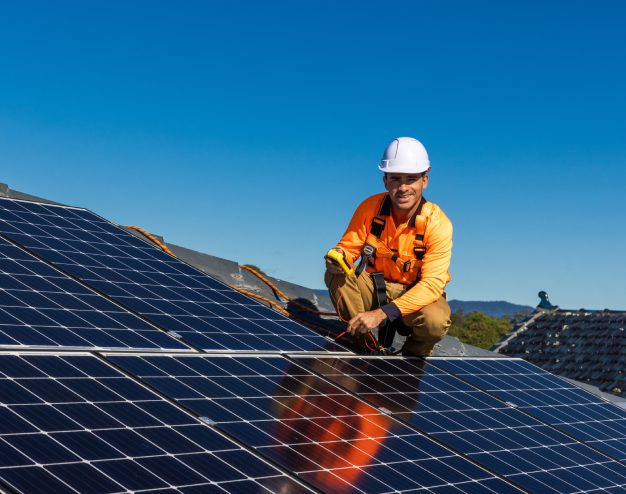
6. Solar Power Meters or Performance Monitoring Systems
An electric meter connected to your residential solar power system is the essential monitoring system showing how much electricity is generated per hour. Apart from keeping track of the generated energy, it also monitors the consumption and battery storage levels in real-time. With a monitoring system, you can identify potential issues or inefficiencies and step up to immediate maintenance and optimization. Monitoring your solar system is convenient and user-friendly with smartphone or computer apps.
Two main classes of electric meters are connected to a home or building. Most residential solar systems, however, are not independent of the utility grid and are called grid-tied systems. Traditionally, a utility meter was used to measure electricity consumption, but after installing solar power, you will need a Net Meter or a Smart Meter. These run bi-directionally to account for the net energy used. The net energy is all the energy consumed minus the energy your solar system produces. With a Net Meter, you can determine how much energy should be available when your system is not producing energy.
7. Professional Installation and Certification
Installing a home solar power system is a complicated process that requires expertise and experience. Getting a reputable and certified solar installer in Stockton is crucial to handle the entire process and give you the correct advice and service you need.
At Phoenix Roofing & Solar, we provide contracting and energy solutions that upgrade your home and help you to assess your solar needs. We will determine, propose, and install the perfect solar system for your home. Call us today for a free quote.

